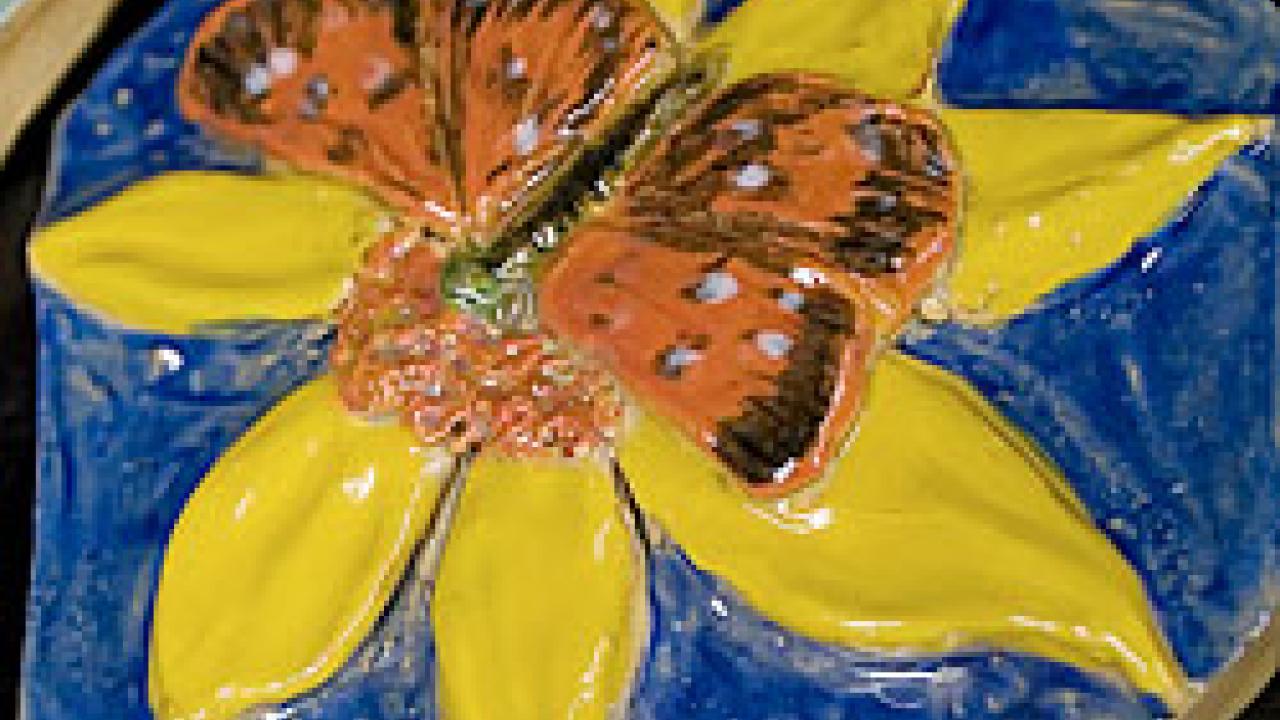Early astrophotographs, or photographic images taken through telescopes, will be shown when Corey Keller, associate curator of photography for the San Francisco Museum of Modern Art, speaks Wednesday, Nov. 12, at the University of California, Davis.
Keller's lecture, "Sight Unseen: Picturing the Invisible, 1840-1900," will be presented from 6:30 to 8 p.m. in Ballrooms A and B of the Activities and Recreation Center (ARC), located at the corner of La Rue and Orchard roads.
The presentation will be the first in a series of four free public lectures on "The Consilience of Art and Science," a centennial colloquium sponsored by the UC Davis Art/Science Fusion experimental learning program.
The colloquium was inspired, in part, by the book "Consilience: The Unity of Knowledge," by acclaimed Harvard entomologist E.O. Wilson, according to Diane Ullman, an entomology professor and associate dean of Undergraduate Academic Programs in UC Davis' College of Agricultural and Environmental Sciences.
Ullman noted that Keller will show some of the first astrophotographs, which resulted from emulsion-coated plates that could collect and accumulate light through the telescope over many hours, thus revealing stars and galaxies that were not visible looking through the telescope with the human eye.
"They were quite popular and published in popular science magazines of the time, like La Nature," said Ullman, who co-directs the UC Davis Art/Science Fusion Program with artist Donna Billick. "Van Gogh was reportedly so awed by the astrophotographs that they influenced his famous painting, Starry Night."
Three other colloquium presentations are planned:
- Jan. 7, featuring Catherine Chalmers, a professional artist whose artworks, books and exhibits explore the connections between humans and insects;
- March 5, with professional artist Eduardo Kac exploring the connections between scientific technology and art; and
- April 9, featuring David Edwards, a biomedical engineer, "artscientist" and author of the book "Artscience: Creativity in the Post-Google Generation."
In addition, a special showing of a filmed lecture by Leonard Shlain, author of "Art and Physics," will soon be scheduled, Ullman said. Shlain was initially scheduled to speak in person but had to cancel.
The centennial colloquium will culminate in a public exhibition of students' work from the Art-Science Fusion Program, the Department of Art and Art History, the Design Program and juried entries from the general public. The exhibition will be at the Pence Gallery in Davis and is designed to explore the connections between art and science through visual and performing arts.
"While UC Davis is home to cutting-edge programs in biological, physical and social sciences, humanities and cultural studies, there are very few opportunities for harnessing the creative energy that lies in the intellectual borderland where these disciplines meet," Ullman said.
The UC Davis Art/Science Fusion Program sponsored the colloquium with support from the College of Agricultural and Environmental Sciences; the departments of Entomology, Land, Air and Water Resources, Plant Pathology and Plant Sciences; the UC Davis Arboretum; and the Pence Gallery.
More information about the colloquium series is available at: http://artsciencespeakers.ucdavis.edu/.
Media Resources
Pat Bailey, Research news (emphasis: agricultural and nutritional sciences, and veterinary medicine), 530-219-9640, pjbailey@ucdavis.edu
Diane Ullman, College of Agricultural and Environmental Sciences, (530) 752-3799, deullman@ucdavis.edu
